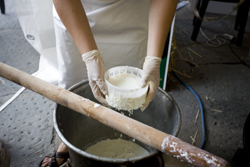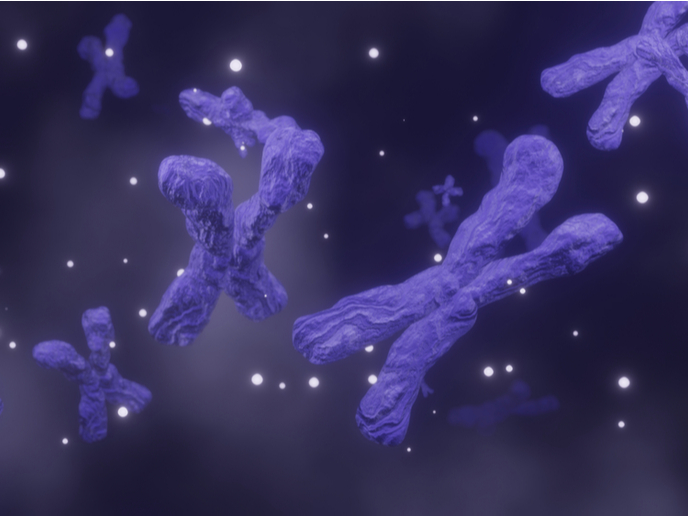Turbulent flow and the adherence of Listeria
The LMTOOCHE project developed unique apparatus for conducting their experiments, including radial flow chambers. The chambers were used to investigate the shear forces necessary for detaching adherent cells of Listeria monocytogenes isolated from dairies. The information was used to improve cleaning and decontamination procedures for dairies. The project also provided a better understanding of the effects of those cleaning and decontamination processes which used liquid shears to bring about cell detachment. The extent to which the procedure removes organisms depends on the severity of the process. However, the technique introduces a selection pressure by tending to favour those cells of the phenotype that the team have isolated from dynamic environments. The genetic basis for this in L. monocytogenes was not known at the time of the experiments. Sodium hydroxide, NaOH, is frequently used in surface sanitisation studies for L. monocytogenes biofilms. These studies were carried out both under static and flow conditions. Results from experiments conducted by the research team indicated that there was no significant difference between decontamination carried out under static and flow conditions. It was also demonstrated that surface roughness was not an important factor in the removal of biofilm. Results did not reveal a correlation between the number of L. monocytogenes attached to stainless steel and the amount of force needed to dislodge them. Furthermore, the absence of the biofilm-associated protein (Bap) gene reduced the cells' ability to adhere to a surface. It also decreased the force required to displace those cells already attached. However, researchers also found that bap-negative strains like T8 and C897 needed higher shear stresses to bring about their removal than for the bap-positive 10403s.







